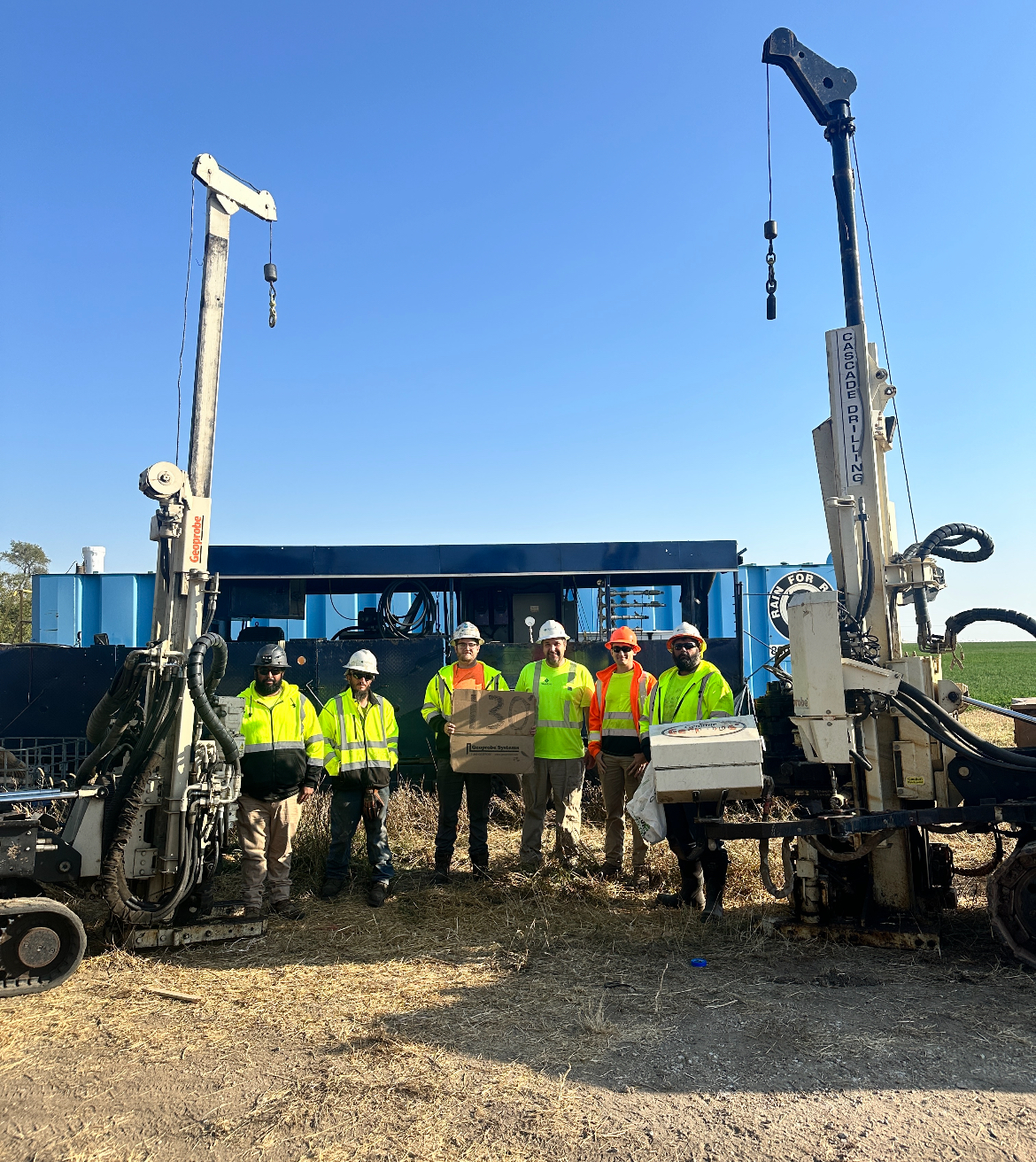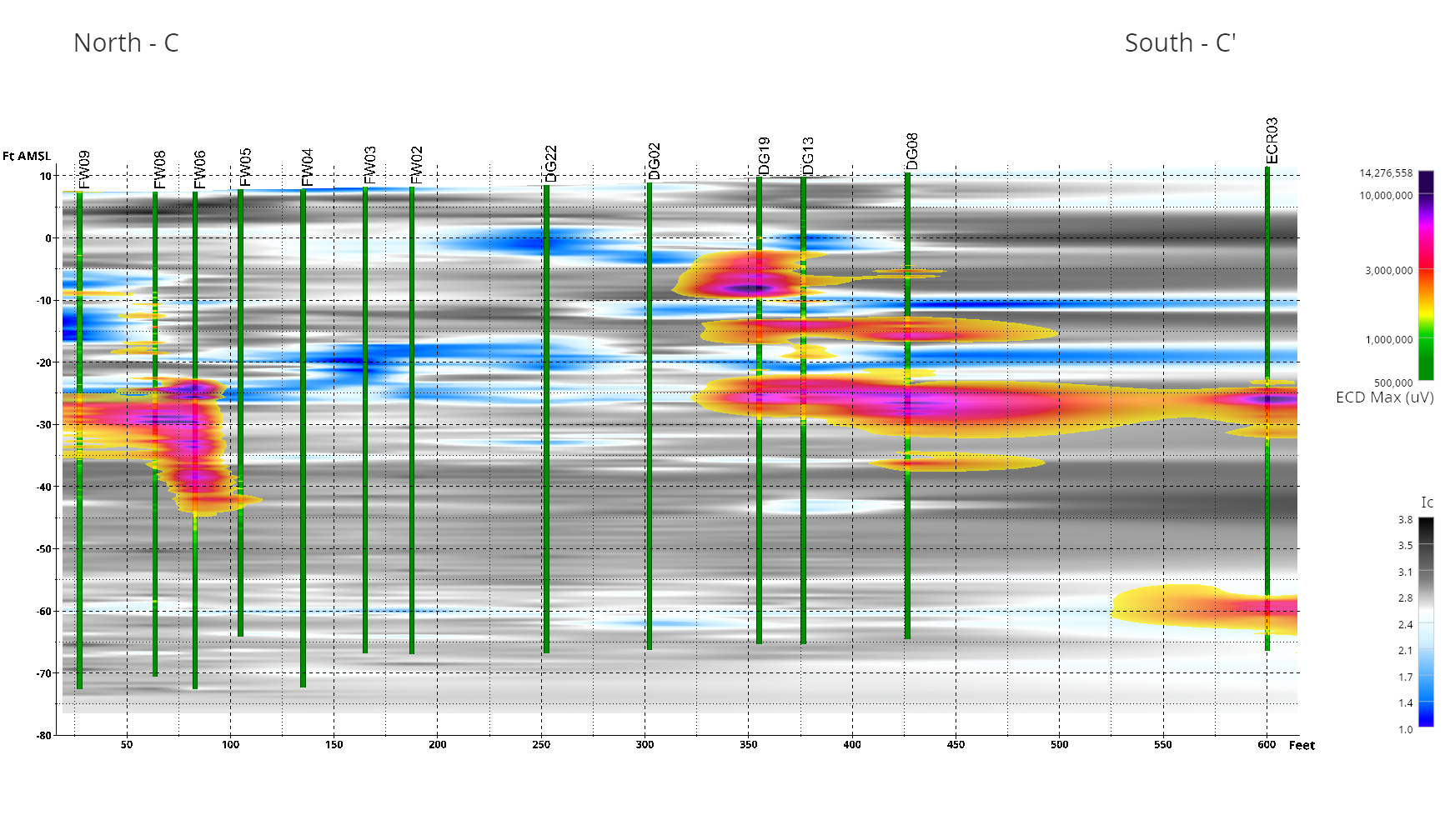5 Ways Bench Scale Treatability Studies Can Improve Remediation Project Outcomes
By: Maryam AzadWhen your client hires you for a remediation project, they expect you to achieve the site goals. There’s no such thing as “close enough.” If remedial goals aren’t met, the site may not meet state or federal requirements for public safety and/or redevelopment. That’s why it’s critical to do everything you can to understand the site’s lithology and contaminants, and ensure the remedy and approach selected will work.
There are three major factors important to the outcome of an in situ remediation project:
- Selected remediation technology
- Injection method/delivery of the remediation product (amendment)
- Site chemistry
When designing a remediation project, suitable remediation technologies and injection technologies are selected based on the site chemistry and lithology. In this blog post, we’ll cover five ways that testing the site chemistry via a bench scale study can improve your remediation outcomes.
#1: Stoichiometry: Concentration of Reactants, and Reaction By-Products
A bench scale study can determine the effective stoichiometric amount of amendment (basically, the correct ratio of chemicals) to treat the contaminants of concern (COC) in the site soil and groundwater. Rate of destruction of the individual COCs can be measured over time, and the effect of other contaminants in the soil and groundwater can be measured on the rate of destruction of the COCs.
Also important, while the destruction rates of the COCs are being measured, the laboratory running your tests can also observe how much and how quickly this process is forming by-products or daughter products that may need to be handled as well. This means no surprises down the line about potentially harmful products your client will want removed.
#2: Natural Oxidative Demand/Reductive Demand
Bench scale studies can measure the effect of natural organic and inorganic matters, which may act as oxidant or reductant scavengers in the soil. If you want to determine effective dosing concentrations of your selected amendment, or if the remediation technology chosen will even be effective, it’s critical to determine natural oxidative demand or reductive demand of the soil.
Without this information, the effective amendment dosing may be over- or underestimated and result in an unnecessary cost increase.
#3: Kinetics
Before you begin full-scale implementation of your remedy, you need to understand how pH, temperature, and catalysts influence its efficacy on the site. These three factors determine the reaction kinetics. During a bench scale study, the effect of each of these factors on the remediation design can be observed and measured.
When the reaction kinetics are well understood, we can adjust any of the three parameters to achieve the desired remediation outcome. For example, by adjusting the pH or adding a catalyst, you can increase the rate of the reaction and get to your desired outcome faster.
#4: Thermodynamics
Some sites, especially those with PFAS or other hard-to-treat COCs, are best addressed with a combined remedy—multiple treatments applied in conjunction with one another. If this is something you need to consider for your site, it’s important to determine how heat will affect the reaction outcome. Bench scale testing can provide information about the thermodynamics of the selected technology.
When the thermodynamics of a technology are unknown, there’s risk of generating unanticipated by-products, as well as other variables that could lead to missed project deadlines and cost overruns.
#5: Oxidant Delivery
For your remediation strategy to be successful, you must ensure proper contact between the amendment and COC, since that contact is what allows for effective degradation of contaminants. You must also have a good understanding of the solubility of your chosen amendment, because that plays an important role in limiting injection mass per volume of injection fluid.
Bench scale column studies can provide that information, allowing you to tailor and optimize your approach.
Bench scale testing provides data you can use to improve your overall remediation strategy, and increases the likelihood you achieve site goals on time and on budget.
If you’d like to learn more or have questions about bench scale testing, email me at [email protected].
ABOUT THE AUTHOR

Maryam Azad
Technical Services Manager
[email protected]
Maryam Azad is the Technical Services Manager for Cascade Environmental. In this role, she guides clients through decision matrices to select the appropriate characterization methodology for investigating the subsurface, the right chemistry based on the contaminant of concern (COC), and the drilling technique needed for remediation success.
To provide this highly technical support, Maryam draws on her 25-year career as a scientist and researcher. She authored two patents related to in situ chemical oxidation (ISCO) and bioremediation, and led a research laboratory supporting bench scale treatability studies of remediation compounds like ISCO, in situ chemical reduction (ISCR), metals stabilization, and soil vapor. She has a deep understanding of how chemicals and contaminants interact, and she’s able to translate that into accessible decision-making data. Maryam’s clients rely on her to help them understand their characterization and remediation options and move their sites toward closure.




